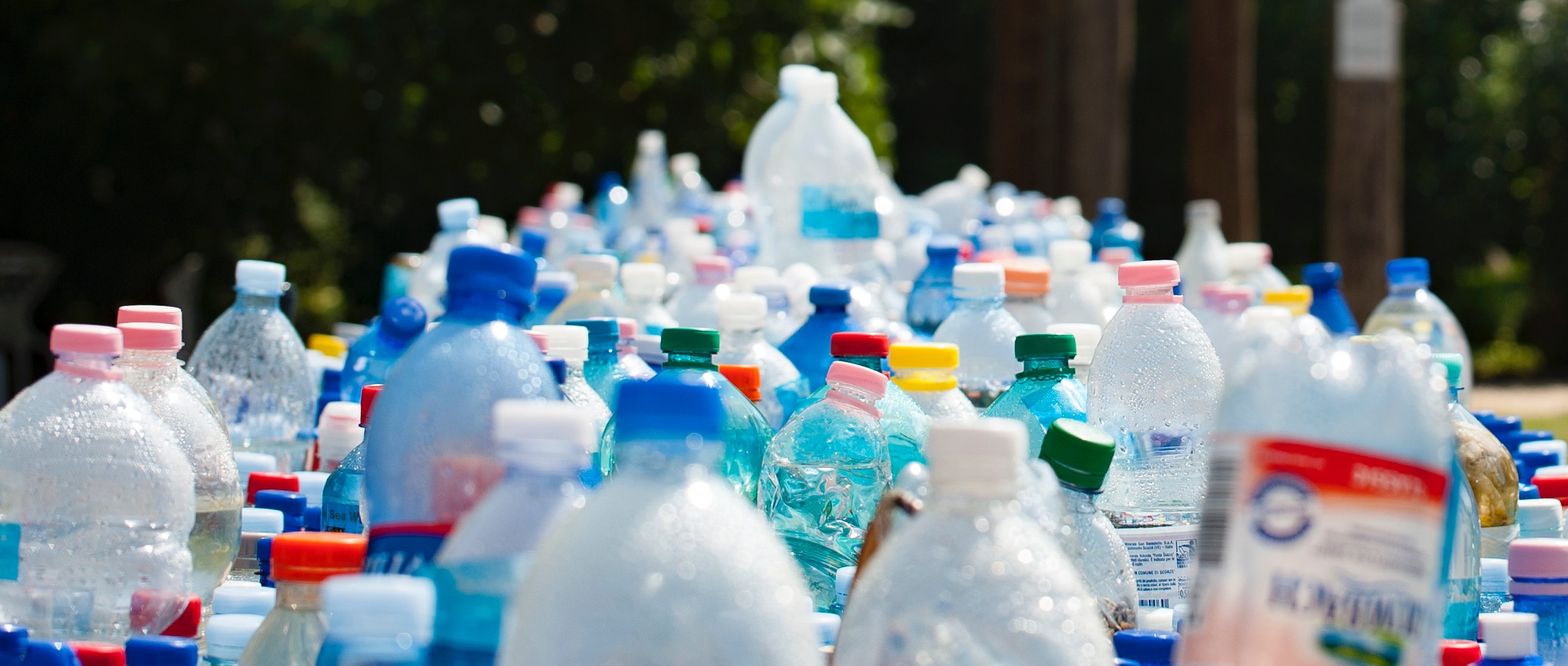Originally published in Entrepreneur
By Maria Molland Selby
A few horrific videos have been making the rounds on Facebook featuring “garbage islands” floating around the Pacific, larger than the size of France.
As disturbing as these are, no one is close to solving the problem, as around 18 billion pounds of plastic waste are dumped into the oceans every year. That’s like cramming five grocery bags full of plastic onto every foot of coastline worldwide. And then refilling those bags every year!
The U.K. is taking a leadership role in addressing this crisis, recently announcing plans to ban the sale of single-use plastic products such as drinking straws, cotton swabs and drink stirrers. But, this is just a drop in the bucket. Currently, only a third of the plastic packaging used in the U.K. is being recycled, and the United States remains the largest consumer of plastic products in the world, with its consumer packaging goods (CPG) industry using 36 percent of all plastic produced annually.
Diapers, menstrual pads and adult disposables take centuries to decompose and are typically made of non-biodegradable plastic, too. In the U.S. alone, diapers make up 2 percent of all landfill space with adult incontinence products making up another 7 percent of landfill space, up 1 percent from just 20 years ago. And the average person with a period uses about 11,000 menstrual hygiene products over the course of a lifetime, generating up to 130 kilos of waste on their own.
And it goes well beyond the developed world. We have exported our plastics problem to those least able to recycle or dispose of plastic without it ending up in the oceans.
Read the full article at https://www.entrepreneur.com/article/316634
Maria Molland Selby is the CEO of THINX.

